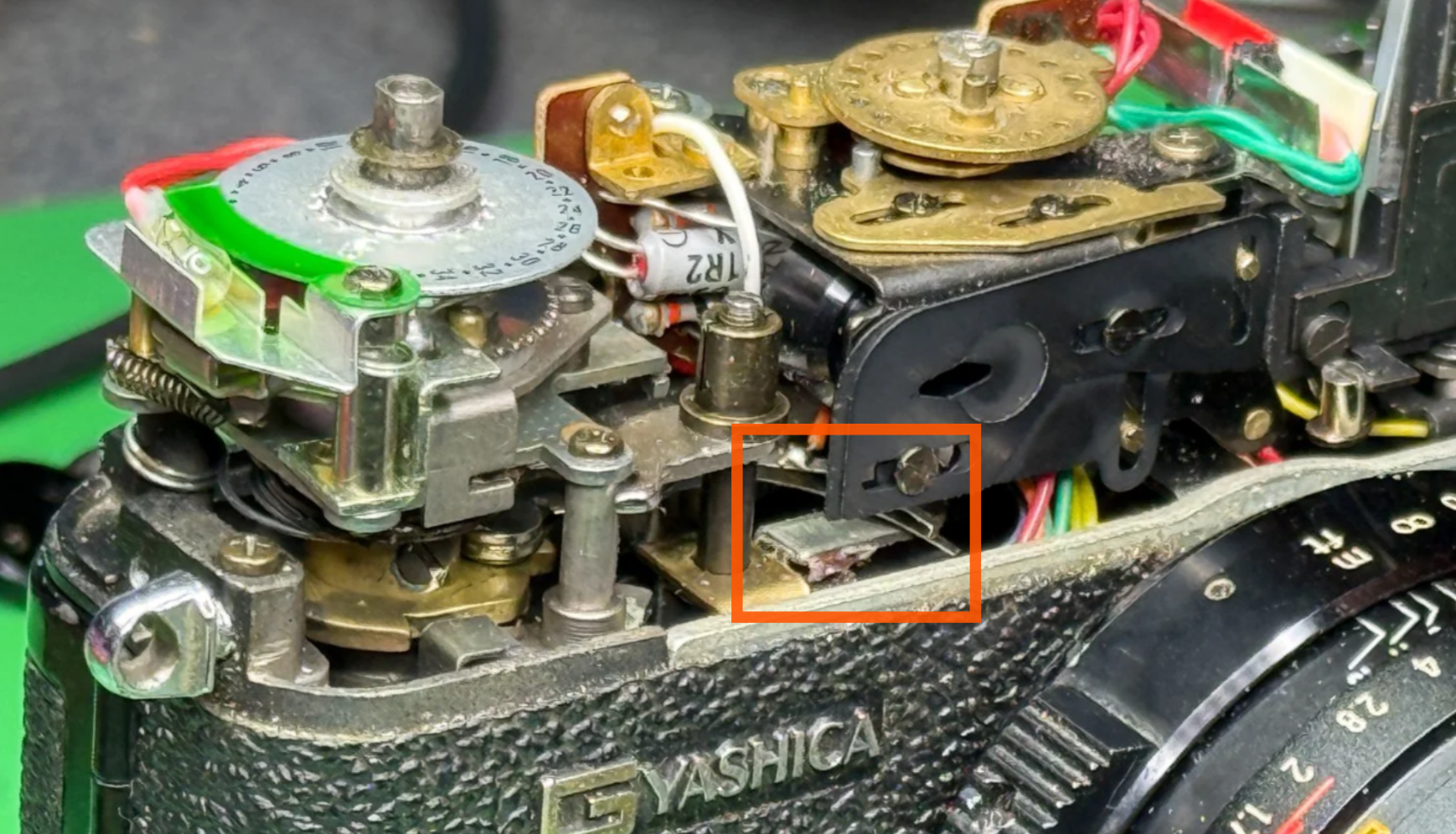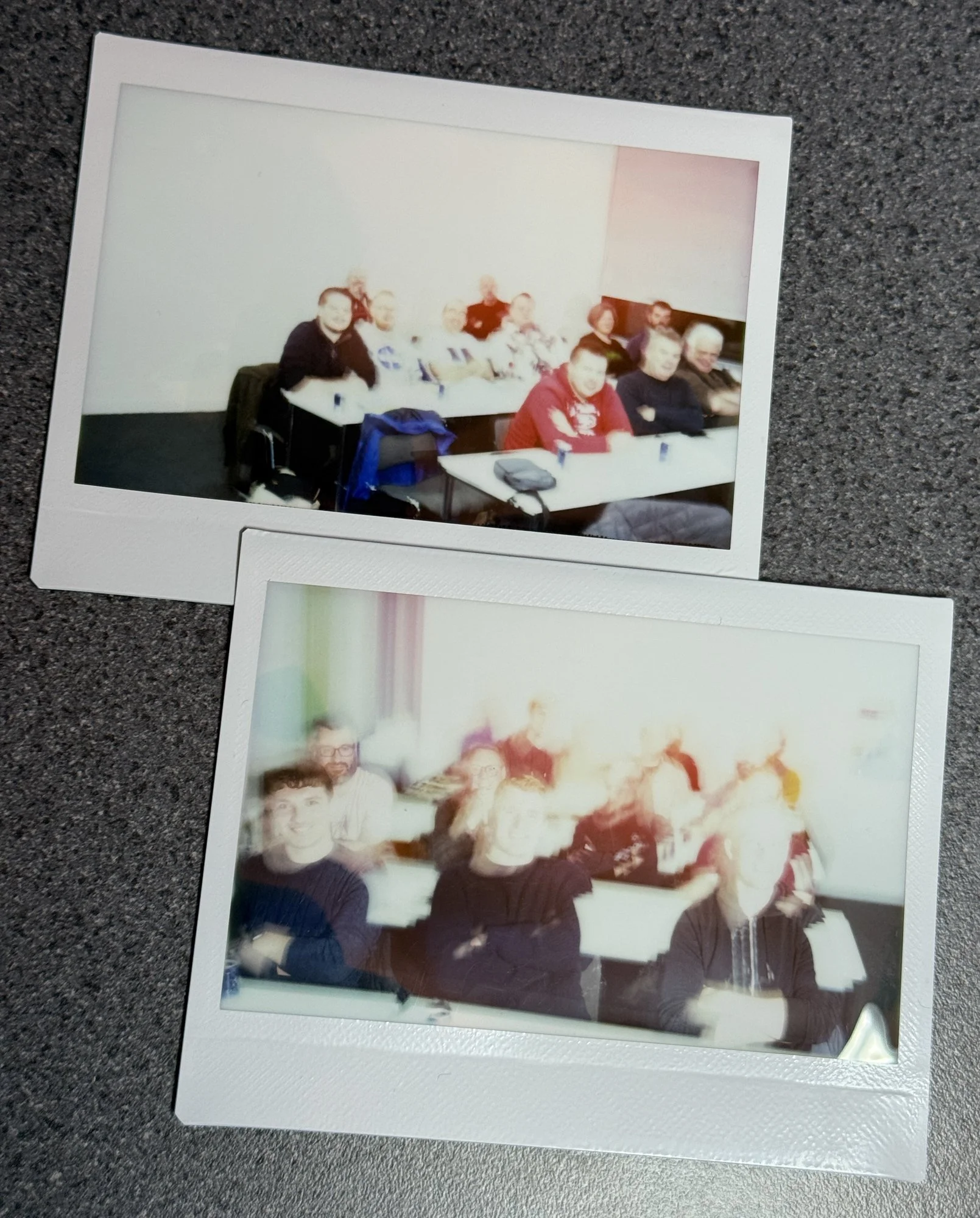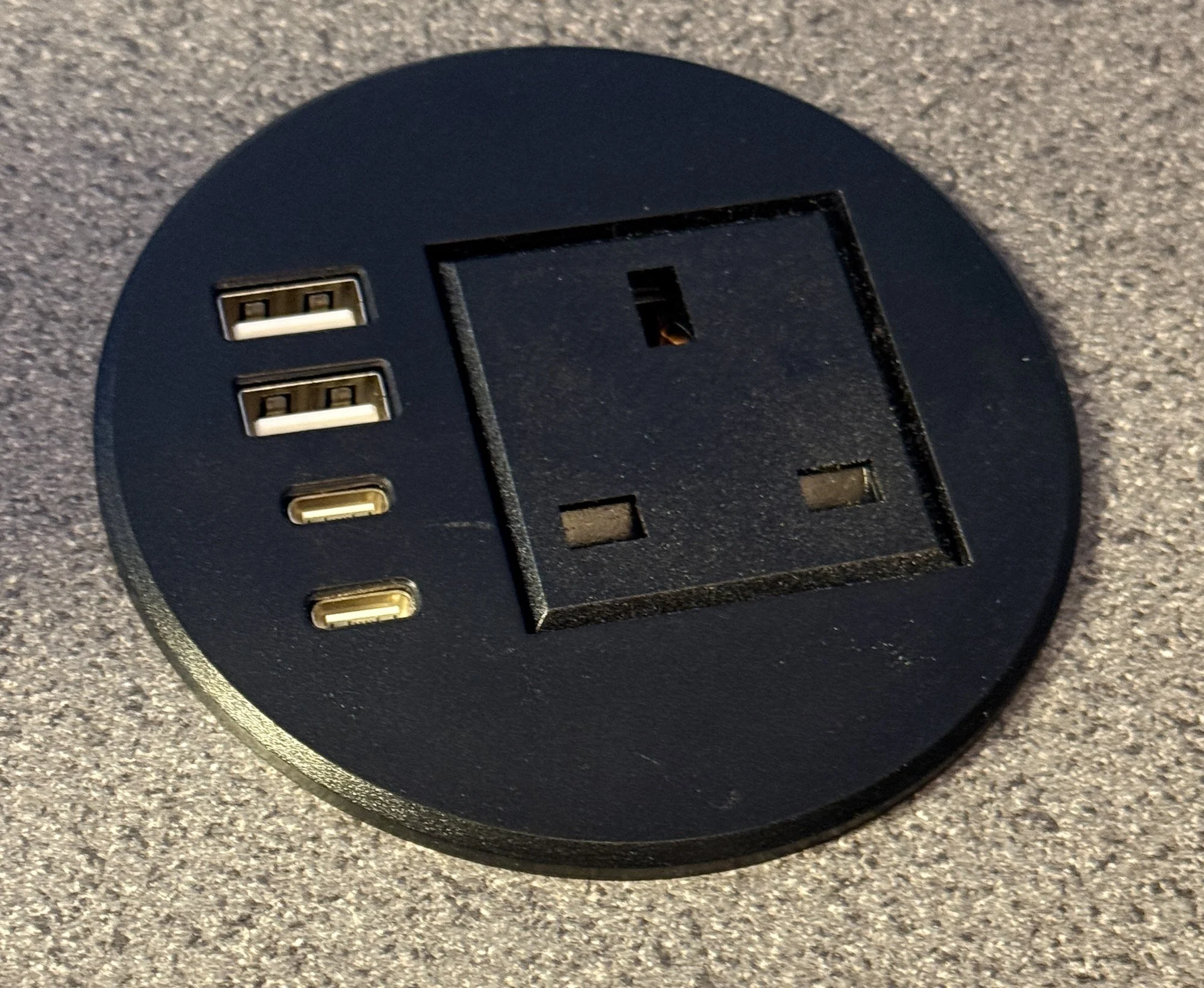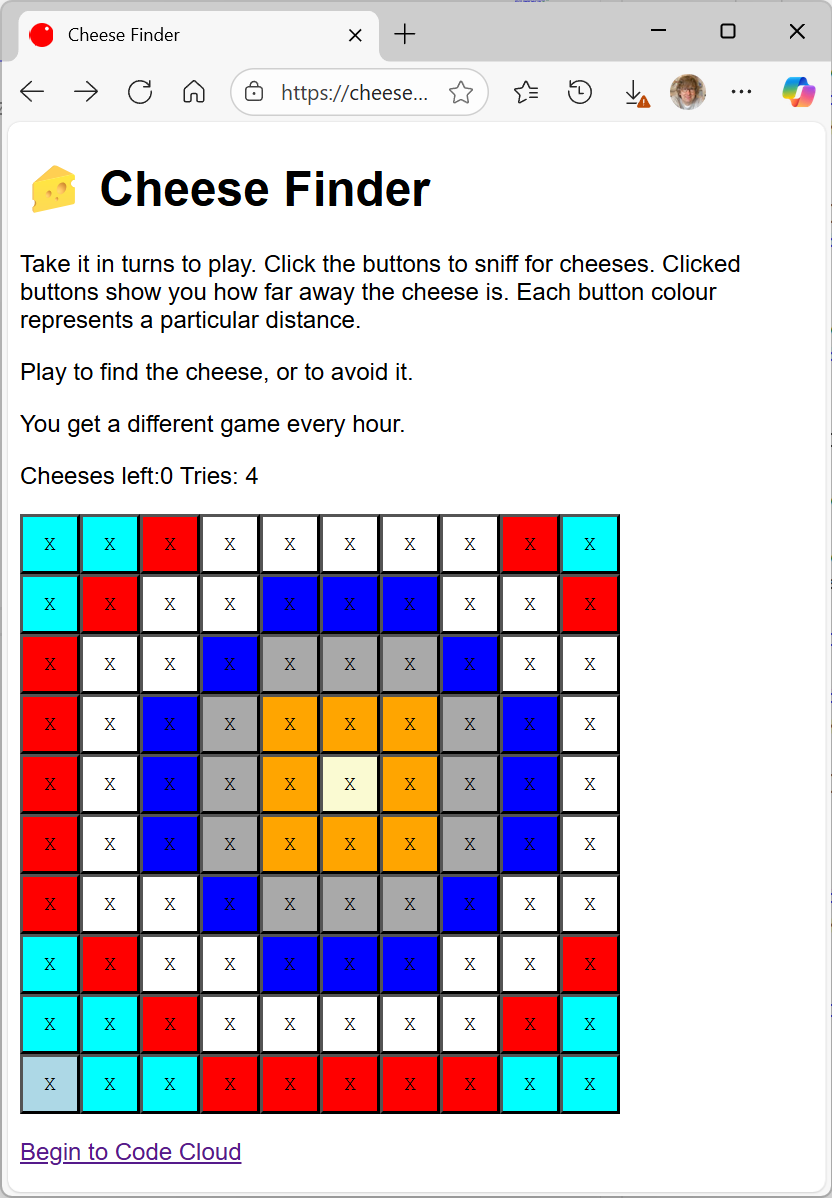Hardware Meetup Wednesday 10th December
/We’re having a Hardware Meetup in Hull Makerspace (top floor of Hull Central Library) starting at 5:00pm on Wednesday evening (10th December). You can arrive later if you like, but don’t arrive after 7:00pm because that’s when library shuts and we all go for dinner.
There’s a prize for whoever brings along the best Christmas Lights display. And everyone gets a mince pie and a chocolate. Please note that I’m not just doing this because I’ve found a great long string of neopixels. Oh no.


































